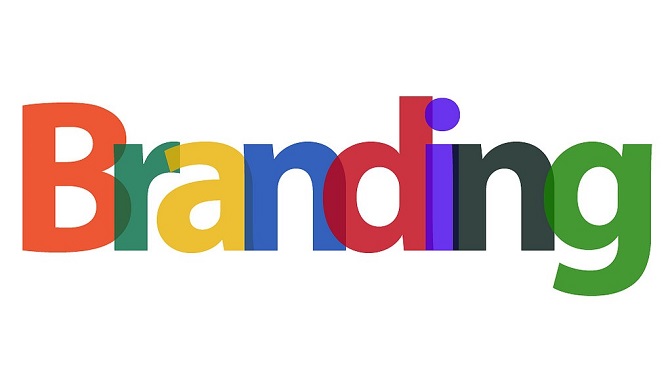Your brand represents everything about your business. It acts as the perception that the audiences have for your products and services. Building a reliable brand is not as simple as just choosing a design agency and throwing money at them.
You could waste thousands of dollars if you do that. A lot of plans and acumen goes into building a reliable brand.
However, there are common branding pitfalls to avoid when creating a strong business identity and being aware of these mistakes can help ensures your startup avoids them in the future. Below are some common branding pitfalls and mistakes that can ruin a good business.
1. Branding without focusing on the experience
Having a strong brand will not only create a positive perception about your product but will also create a positive customers’ experience with your product and service. However, many perceive the brand as an ad campaign or a logo design, but there is more than that.
Your brand is your business identity; it speaks about you, your products and services via visuals, images, and style. Therefore, make sure you pay attention to all the focus areas to give it a personality that customers recognize.
2. Inconsistency across different platforms

Inconsistency is another common branding misstep, and it means even more in the age of digital branding. Ruining the company or organization unprofessional can make your brand less trustworthy. If your brand voice isn’t consistent across every platform, then it may affect your credibility.
Managing brand consistency across all marketing channels can help you to accelerate the growth of your brand as well as set you apart from your competitors. Consistency helps build loyalty, familiarity, and credibility. A consistent identity will not only play a vital role in influencing your customers’ purchasing decision but also create a sense of trust for potential customers.
3. Not using a strong visual
Powerful brands such as Coca Cola and Pepsi use strong visual that communicates something about their brand. Therefore, if you want your company name to always be in someone’s mind, then use a simple visual that the audience can easily remember. Before launching your brand, try to find a visual that reinforces the marketing strategy.
Use consistent visual picture and logo to represent your company. For instance: Coca-Cola’s contour bottle. Stella Artois’ chalice. Geico’s gecko. Corona’s lime. Marlboro’s cowboy. Aflac’s duck. Blue Moon’s orange slice. Create a strong company visual logo or image and make it known.
4. Not responding on social media
Social media another major factor in brand marketing, and ignoring it can hinder your ability to connect with potential customers. Social media platforms like Instagram, Twitter, or Facebook are not only used to stay in touch with friends and family alone.
Top companies are using social media today to engage with their consumers as well as answer any questions about products and services.
If your business is not responding on social media, then you run the risk of falling behind your competitor. You need to be responding to social media. Respond to mentions within 12 hours of receiving them. The quicker you reply, the more positive the experience and therefore, a more positive image for your brand.
5. Making the brand too complicated
Your brand symbols are what people will use to identify your business. Other marketing materials such as websites, business cards, and stationery can also help build your branding image. Your brand message from these marketing materials should easily reach to the customers. Any complexities of typefaces, images, and colours can create a barrier in communicating with the potential customer.
In the zeal to attract customers, many companies end up creating a logo and business card that look complex and end up paying the price by losing the customers. So, keep your business logo simple.
Experts suggest that your logo, websites, and business cards designs should have one of two colours and typefaces. Once your startup has a simple brand, ensure that you enforce it consistently throughout your branding campaign.
6. Not setting the right guidelines
Not establishing the right guideline can hinder your business. There should be a well-written guideline regarding the use of your brand identities.
The guidance should cover instructions about the use of your company’s brand colours, custom logo, taglines, typography, and fonts, the tone and voice you want to use in your brand material, mascots, imagery, and more. The company may also set guidelines about how staffs should address target customers.
You can also go ahead and add any other branding characteristic you feel is necessary to define your business to your brand guidelines. Your startups will lack direction and consistency needed for success in the absence of these guidelines.
7. Failure to research the competition
Startup should start researching and analyzing their competitors and try to find a way to be different. This is vital if you are a new business. You can win customers by being better, but you can also earn more by being different.
Researching your competitors can help you know what established companies in your industry have done, where they have succeeded, and the area in which they have failed.
Your research should include target audiences, products, services, websites, and social platforms. If you don’t research your competitors, you may be unable to judge the competition accurately and replicate a competitor’s strategies.
Get Help
Branding is a work in progress, but you can start laying the foundation for what you want your business brand to represent in the future now. While some people think that branding requires a magic touch, the most effective brands are created with nothing but patience, awareness and clear communication.
However, as branding continues to move at a high pace, there’s a likelihood that you will neglect the next move and concentrate on the less crucial step. However, no matter what mistakes you make, branding expert like Branding Company SketchCorp can help you with a wide of range skill and experience in nearly all aspects of branding development.





